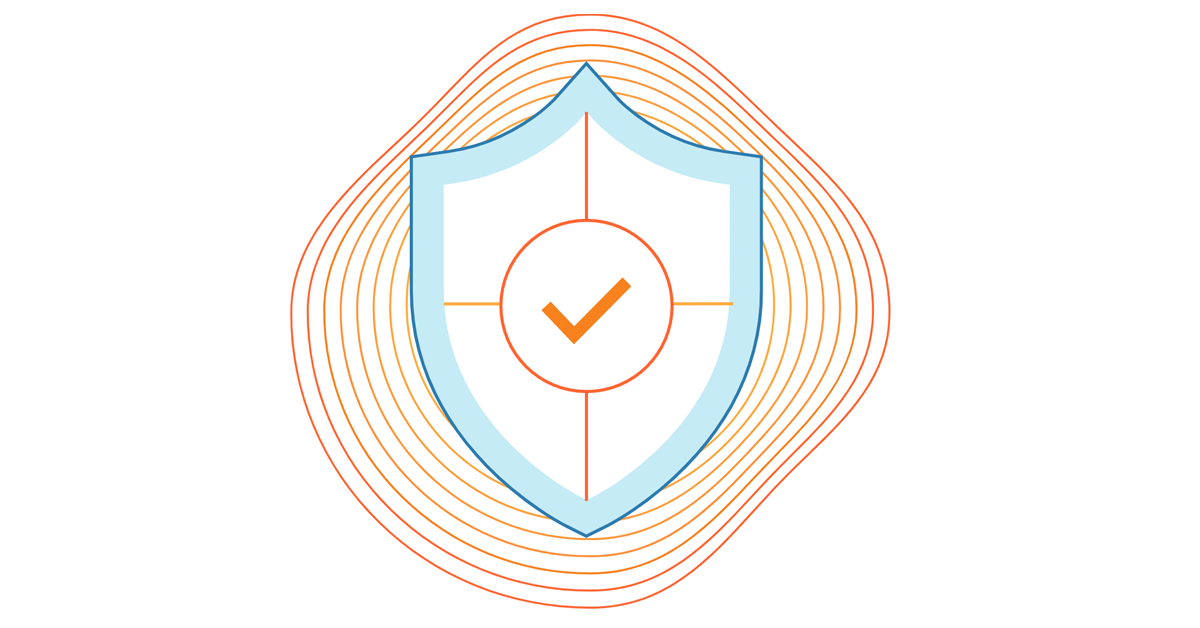Who is selling Zero Trust Network Access (ZTNA) and what do you get?
The last few years have seen an explosion of interest in Zero Trust Network Access (ZTNA). The zero trust approach replaces the perimeter defense model with a "least privilege" framework where users authenticate to access specific data and applications, and their activities are continuously monitored.ZTNA gained a boost in the wake of the COVID-19 pandemic, with more employees working remotely. The old perimeter defense model, exemplified by VPNs, provides a secured internet connection that gives remote users privileges as if they were on an internal private network. This doesn't match up with a zero trust mindset; and to make things worse, many organizations found that their infrastructure couldn't handle the traffic loads created by large numbers of remote workers connecting via VPN. To read this article in full, please click here




